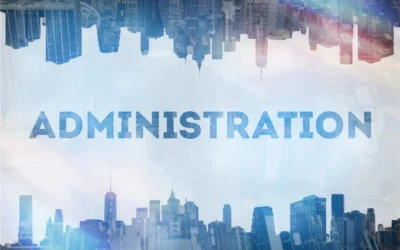According to the IRS, a hardship distribution from a 401(k) plan must be made on account of an immediate and heavy financial need of the employee and the amount withdrawn must be necessary to satisfy the financial need. The IRS requires Plan Sponsors to adhere to specific hardship withdrawal guidelines for the distribution to take place. In the event of an IRS audit, failure to provide these items is a qualification failure which must be corrected through the Employee Plans Compliance Resolution System (EPCRS). The Safe Harbor Hardship Withdrawal Guidelines provides a general overview of the hardship withdrawal requirements and supporting documentation required.
Please contact your Watkins Ross associate with any questions you have regarding a specific hardship distribution withdrawal request.



